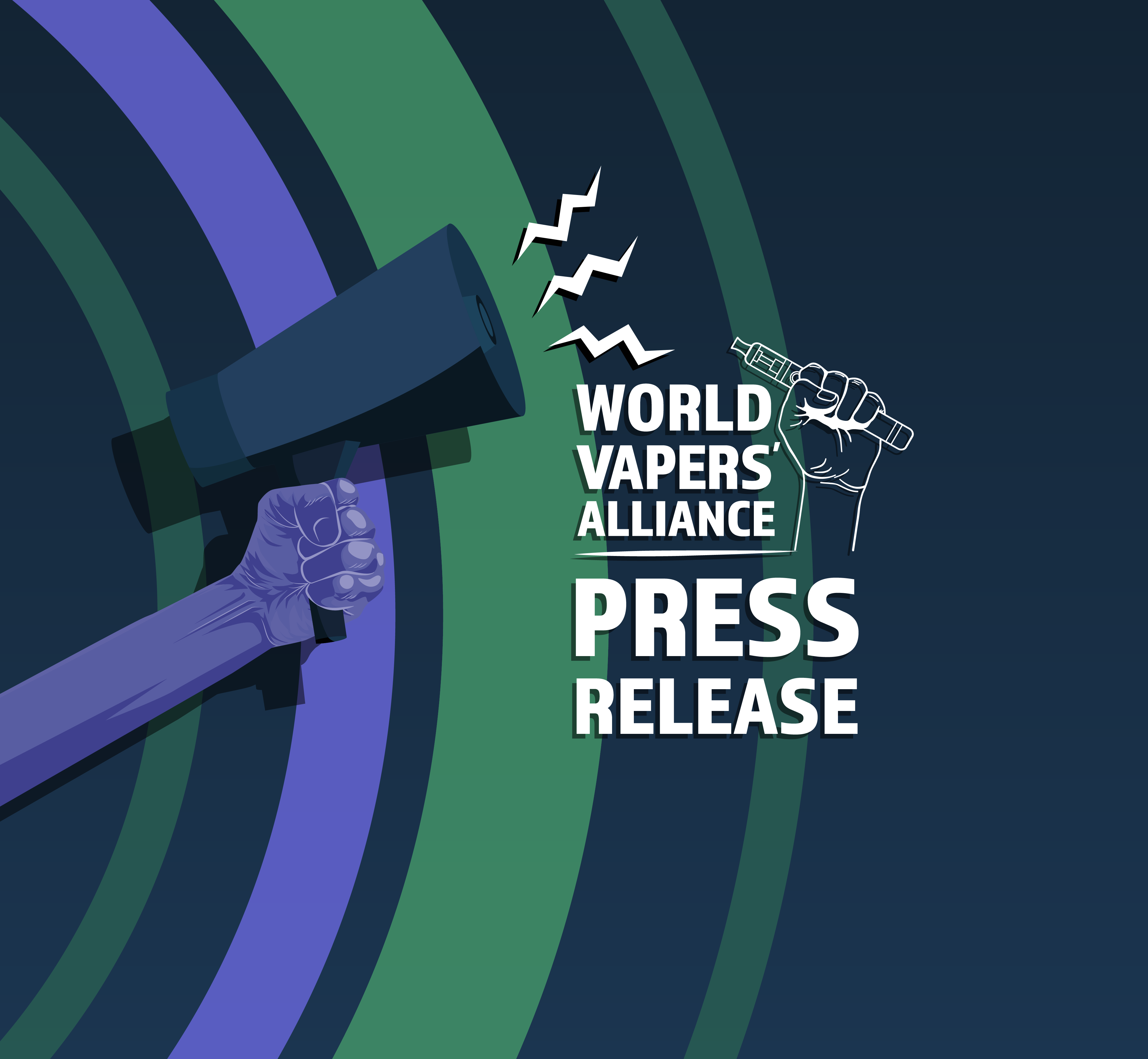Wir schreiben das Jahr 2025, und Afrika hat erneut die einmalige Chance, sich auf Innovationen zu konzentrieren und aus Schwedens erfolgreichem Modell zur Raucherentwöhnung zu lernen, um die Rauchepidemie zu bekämpfen. Schweden wurde kürzlich zum ersten rauchfreien Land Europas, dank seines fortschrittlichen Ansatzes, Raucher zum Umstieg auf weniger schädliche Alternativen wie Nikotinbeutel zu ermutigen.
Anstatt sich ausschließlich auf Verbote zu verlassen, setzt Schweden auf Schadensminimierung, indem es den legalen Zugang zu diesen Produkten ermöglicht, sie reguliert und als sicherere Alternativen bewirbt. Dieser pragmatische Ansatz hat zu einer der niedrigsten Raucherquoten und einer der geringsten tabakbedingten Krankheitslasten weltweit geführt.
Industrieländer erzielen durch innovative Strategien, wie die breite Verfügbarkeit von E-Zigaretten und Nikotinbeuteln, bedeutende Fortschritte auf dem Weg zu ihren Zielen für rauchfreie Gesellschaften. Indem sie den legalen Verkauf und die Regulierung dieser Alternativen ermöglichen, konnten Länder wie Großbritannien, Schweden und Neuseeland die Raucherquoten deutlich senken und die Belastung durch tabakbedingte Krankheiten verringern.
Im Gegensatz dazu kämpfen viele Entwicklungsländer in Subsahara-Afrika weiterhin mit hohen Raucherquoten aufgrund restriktiver Maßnahmen, Fehlinformationen und mangelndem Zugang zu weniger schädlichen Nikotinprodukten. Anstatt diese bewährten Instrumente zur Rettung von Leben zu nutzen, halten einige Regierungen an veralteten Ansätzen der Tabakkontrolle fest, die Rauchern keinen sichereren Ausweg bieten – und so vermeidbare Todesfälle weiter begünstigen und die ohnehin schon überlasteten Gesundheitssysteme zusätzlich belasten.
Da die Vereinigten Staaten ihre Mittel für globale Gesundheitsprogramme reduzieren, bleibt afrikanischen Staaten nichts anderes übrig, als alternative Finanzierungsquellen zu erschließen, um wichtige Gesundheitsinitiativen aufrechtzuerhalten. In der Vergangenheit hat die US-Hilfe maßgeblich zur Krankheitsprävention, Behandlung und Schadensminderung auf dem gesamten Kontinent beigetragen.
Angesichts schrumpfender Budgets und sich verändernder geopolitischer Prioritäten müssen wir nun nachhaltige Strategien entwickeln, um drängende Gesundheitsprobleme anzugehen. Ein Bereich, der bisher weitgehend vernachlässigt wurde, ist die Raucherentwöhnung. Trotz der hohen Belastung durch rauchbedingte Krankheiten haben viele afrikanische Länder keinen Zugang zu wirksamen Entwöhnungsprogrammen, sodass Millionen von Rauchern keine praktikablen Möglichkeiten haben, mit dem Rauchen aufzuhören.
Schadensminderung bietet heute eine kostenlose Möglichkeit, Leben zu retten, indem Raucher von tödlichen Zigaretten auf weniger schädliche Alternativen umsteigen. Im Gegensatz zu teuren medikamentösen Entwöhnungsmethoden benötigen diese Alternativen keine staatlichen Mittel und reduzieren nachweislich die mit dem Rauchen verbundenen Risiken erheblich. Mit den richtigen politischen Maßnahmen kann Afrika seine Zukunft im Bereich der öffentlichen Gesundheit selbst gestalten und ohne Entwicklungshilfe eine rauchfreie Generation erreichen.
Haftungsausschluss: Die in Gastbeiträgen auf der Website der World Vapers' Alliance geäußerten Ansichten und Meinungen sind die der jeweiligen Autoren und repräsentieren nicht zwangsläufig die Ansichten oder Positionen der World Vapers' Alliance oder ihrer Partner. Die Veröffentlichung von Inhalten Dritter stellt keine Billigung der darin geäußerten Ansichten durch die WVA dar.





Eine Antwort